Archives: cabinet de dessins
cabinet de dessins
Franz Erhard Walther


The creator of a fundamental work at the crossroads of minimalism and conceptualism, Franz Erhard Walther revolutionized the traditional approach to sculpture by introducing a participatory dimension into his practice. Developed between 1963 and 1969, his major work, 1. Werksatz, is composed of 58 fabric objects designed to be manipulated by spectators who become users. Through the manipulation of these objects, users are invited to experience new interactions, new sensations, to become aware of the time and space in which the activation takes place, to establish in short another form of relationship with others and with the real world.
Walther was the first user of the 1. Werksatz pieces, and thus the first to experience them. This confrontation with his work was documented by the artist in a crucial set of Werkzeichnungen (working drawings). Originally conceived as a private diary, the Werkzeichnungen take the form of two-sided diagrams in which Walther records his experiences during each activation (a drawing is therefore always linked to a specific object). In order to transcribe his feelings and the effects produced by the manipulation, the artist has elaborated a language that is both pictorial and scriptural, which unfolds on the back and front of the sheet, the two sides interacting with each other. Writing occupies a determining place in this work of expression. Walther invented a terminology that is still used today to describe the works.
Each activation constituting a unique event, producing sensations specific to the place, the moment and the partners, the Werkzeichnungen were reiterated in the course of successive activations. They positively testify to the practical effectiveness of the participatory concept behind 1. Werksatz, namely the possibility for each user to have an experience of his own.
Rarely exhibited at first, these drawings were gradually shown to the public to become today inseparable from the elements of 1. Werksatz.
Francisco Tropa
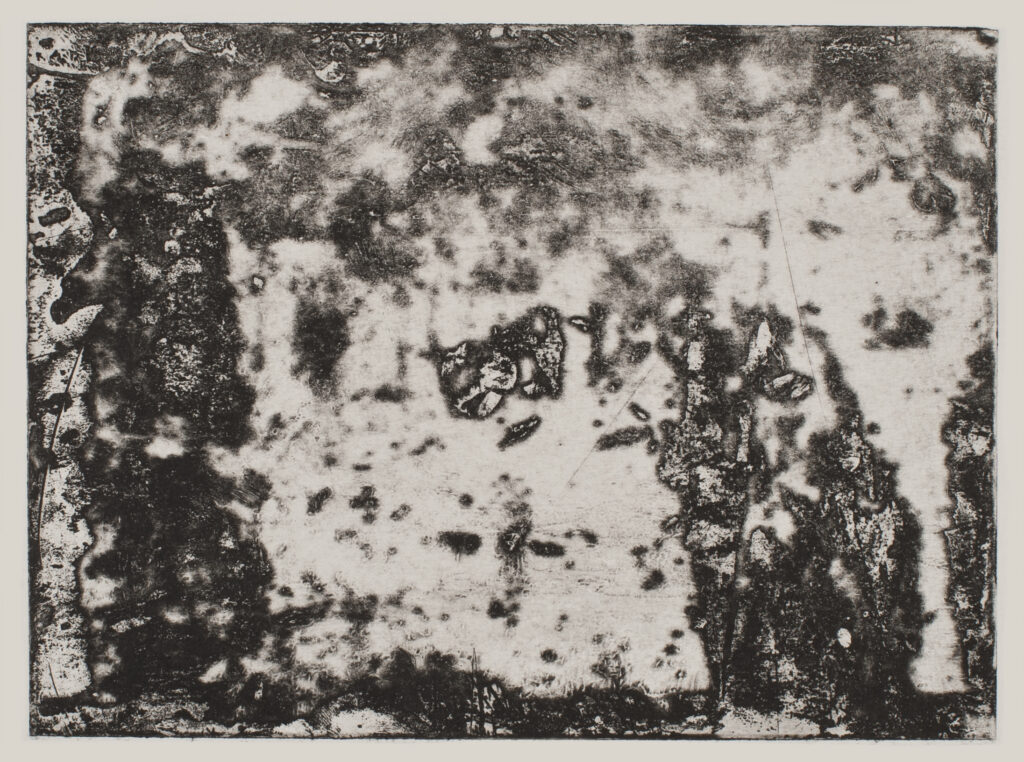
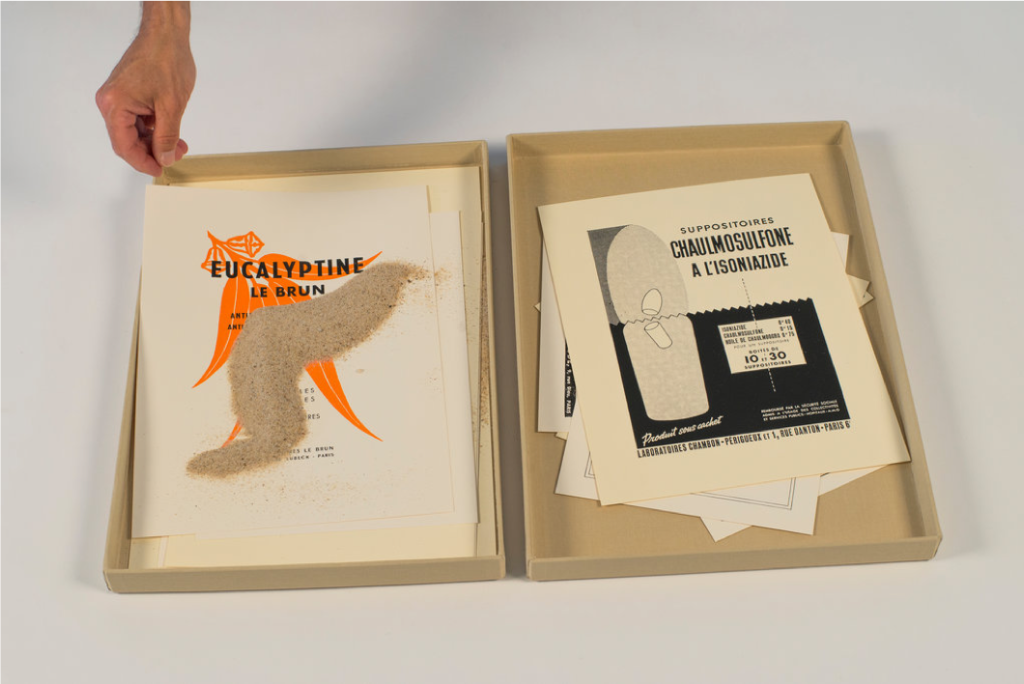
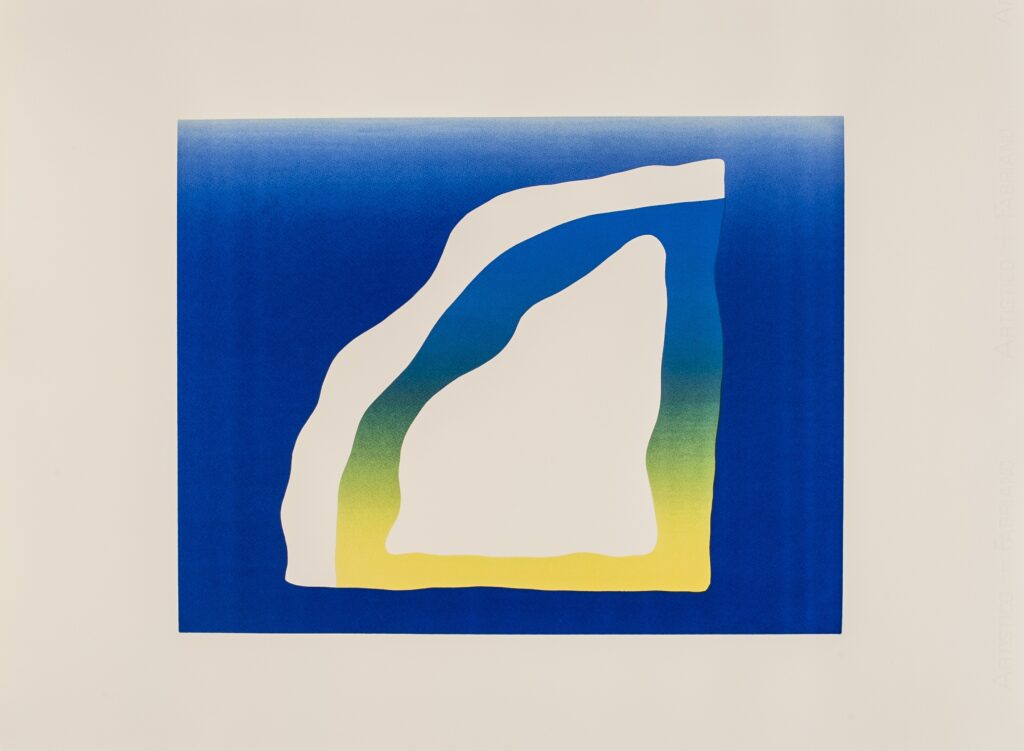
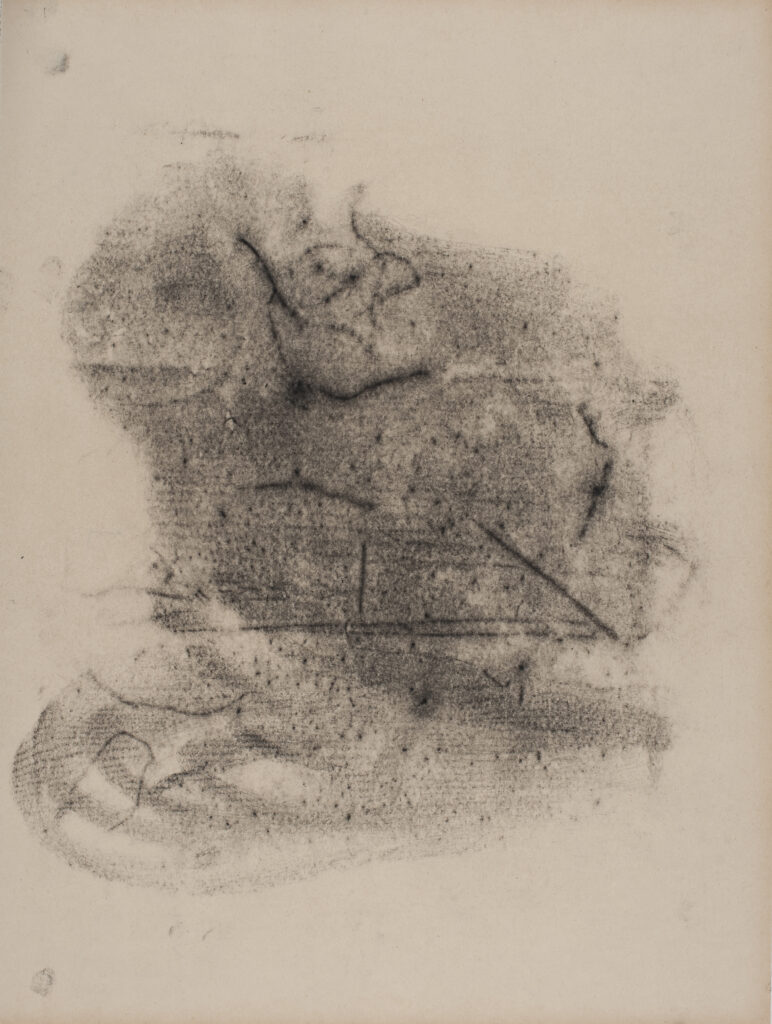
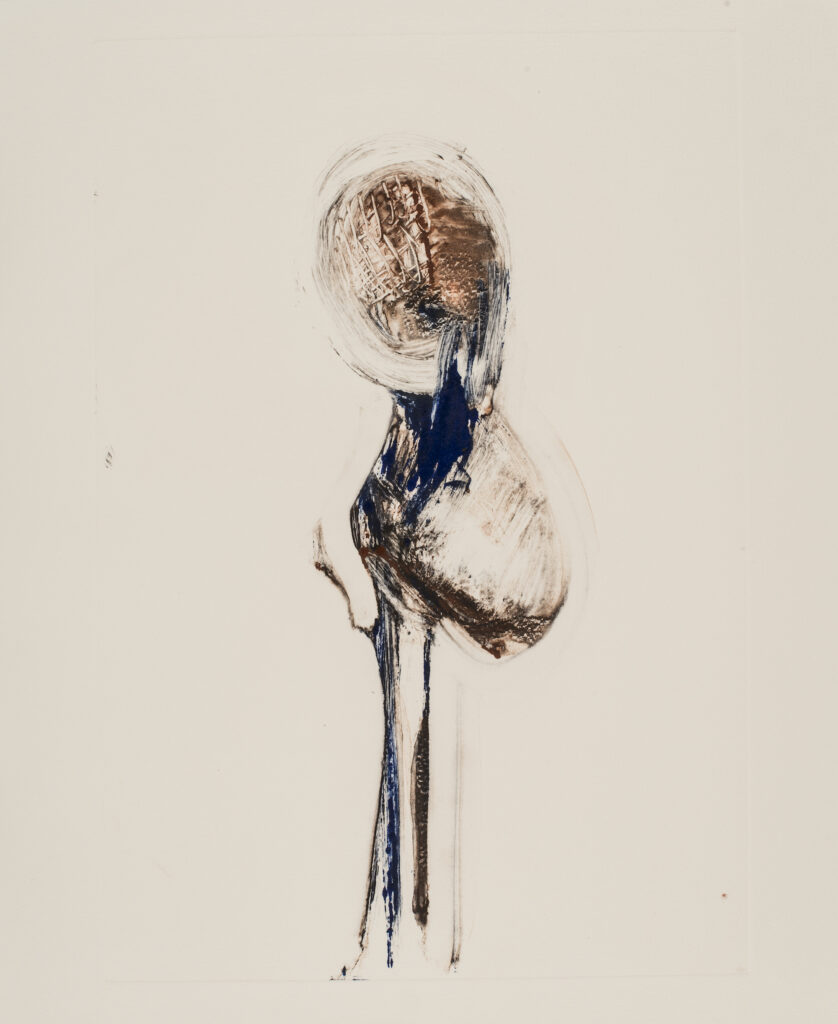
Francisco Tropa (born in 1968) is the creator of a universe of his own, unfolding through complex installations that evoke themes such as the body in movement, time, death, play and archaeology. These installations are made up of mysterious objects that the artist elaborates at the crossroads of multiple artistic, historical, literary or philosophical references, which feed an original reflection turned towards the problems that cross the history of sculpture from Antiquity to our days. Combining conceptual thinking with traditional know-how, Francisco Tropa’s creations employ a wide range of media and techniques, from watchmaking to casting, from blown glass to video, and from painting to various printing and engraving processes.
The drawing room houses works as diverse as abstract etchings, rubbings reminiscent of Max Ernst’s (1891-1976) experiments, drawings and silkscreens inspired by medieval cosmography and the architectural utopia of Paul Scheerbart (1863-1915), as well as silkscreened boxes. So many works that testify to a constantly renewed inspiration.
William Anastasi
William Anastasi (born in 1933) has built up a body of work that is fundamental to the formation of conceptual art, while remaining a separate figure in this movement. From 1963 to the present day, he has elaborated multiple protocols of blind drawings: the Blind Drawings or Unsighted Drawings. As diverse as they are, these protocols have a single goal: to allow the artist to remove himself from any artistic technique, from any aesthetic reference and, if possible, from his own consciousness.
Each of these protocols aims to automate more or less rigorously the artist’s gesture. The Walking Drawings series, which is one of the artist’s earliest works in this field, is a case in point. It was initiated in Philadelphia in the early 1960s, before Anastasi moved to New York where he has lived ever since. Each Walking Drawing follows the following protocol: in one hand the artist holds a notepad, in the other a pen, a colored marker, a pencil, etc., whose tip is in contact with the paper. The artist walks to a chosen destination and then returns to the starting point without looking at the paper. Like a seismograph, the hand that holds the pen records the movements of the walking body during the whole journey. The result of this movement alone, that is to say of an external energy, the drawing obtained is the reflection of no aesthetic prejudice, of no conscious project. It illustrates only its own process of creation, as well as the time and space in which it was executed.
In his Burst Drawings, Anastasi draws lines from the center of a large sheet of paper mounted on the wall. Standing in front of it, blindfolded, Anastasi holds a piece of chalk in her outstretched arm and moves away from the center. The stretching of the line is limited to the reach of his arm and extends in all directions. The resulting compression of the lines looks like an explosion.
The series of Blind Self Portraits is made without a mirror, with closed eyes, simply from memory. These blind self-portraits do not give access to any interiority, to any reality. They only express the nonsense of the chance that presided over their creation, the distance that separates them from their model, thus leading to a critique of representation. The automatic, repetitive, objective nature of this process is highlighted here by the numerous reiterations of the pencil and pen drawing.
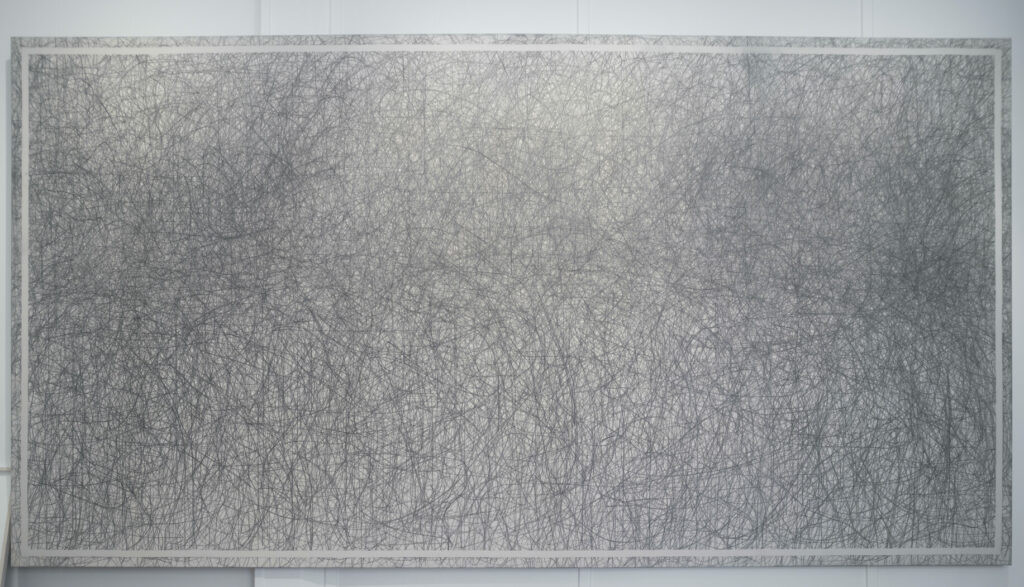
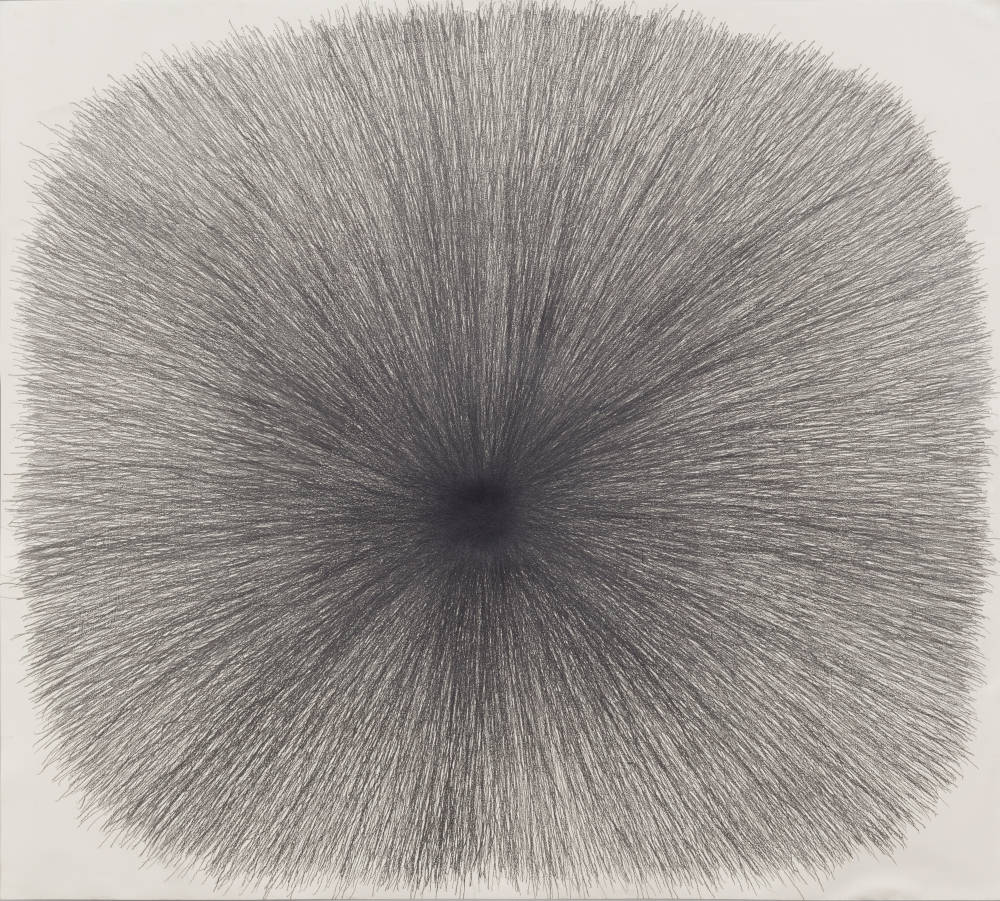
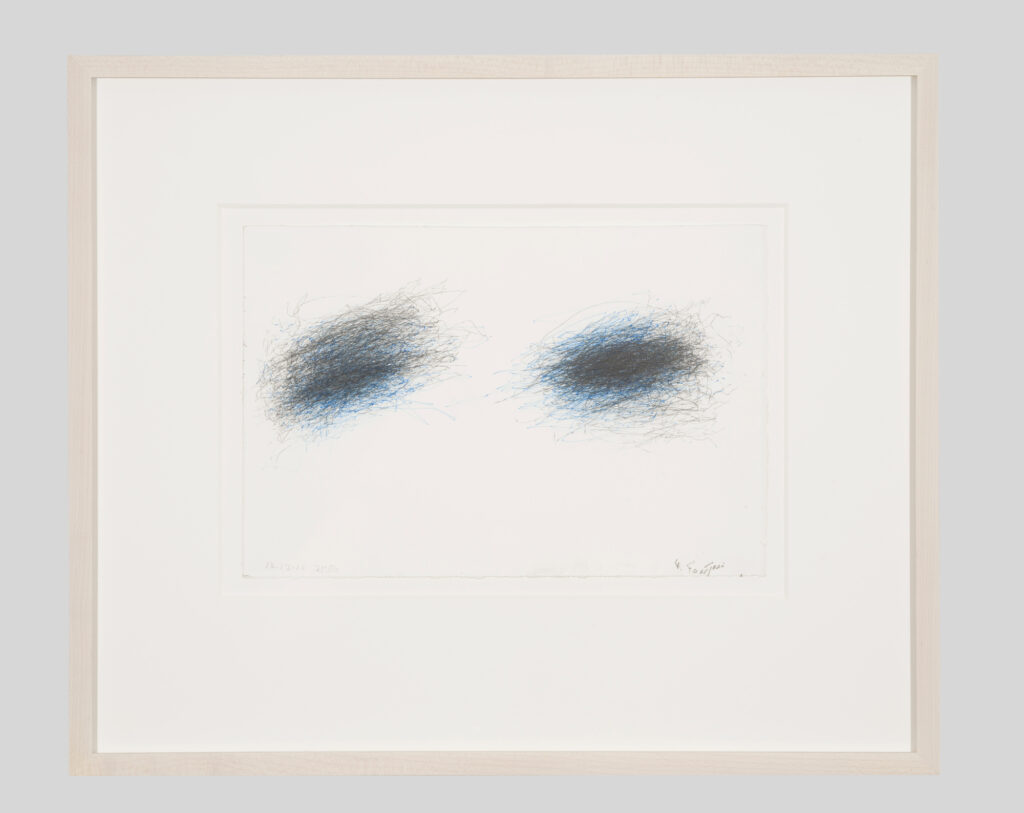
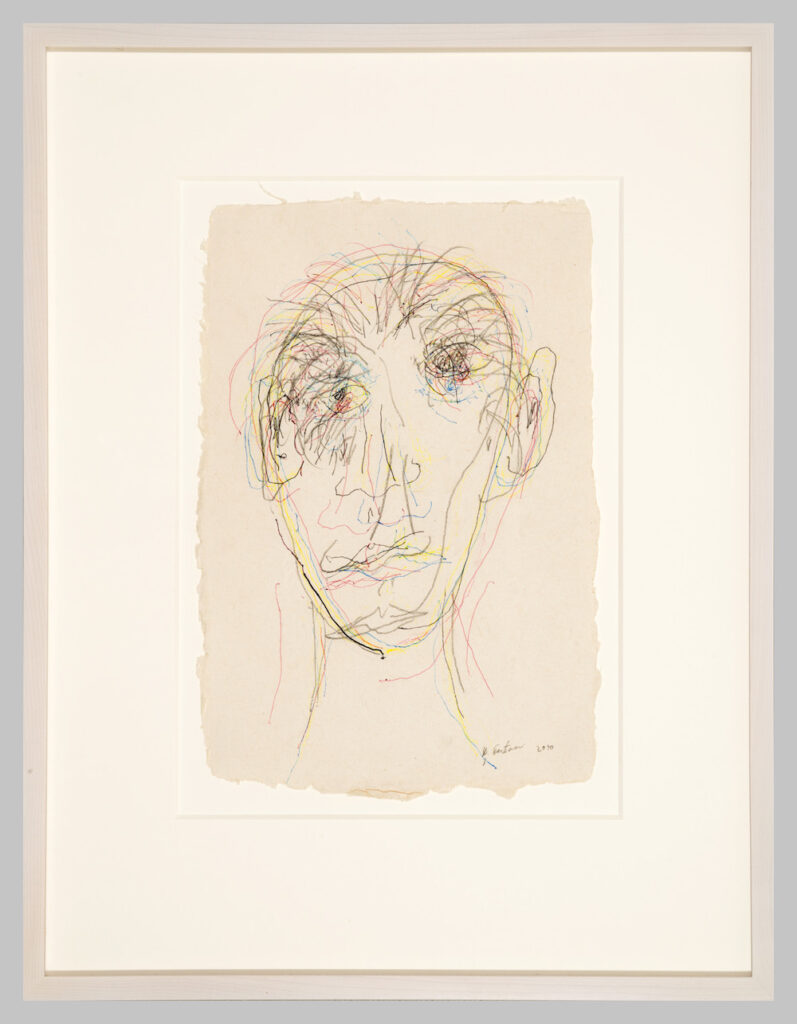
Bruno Botella
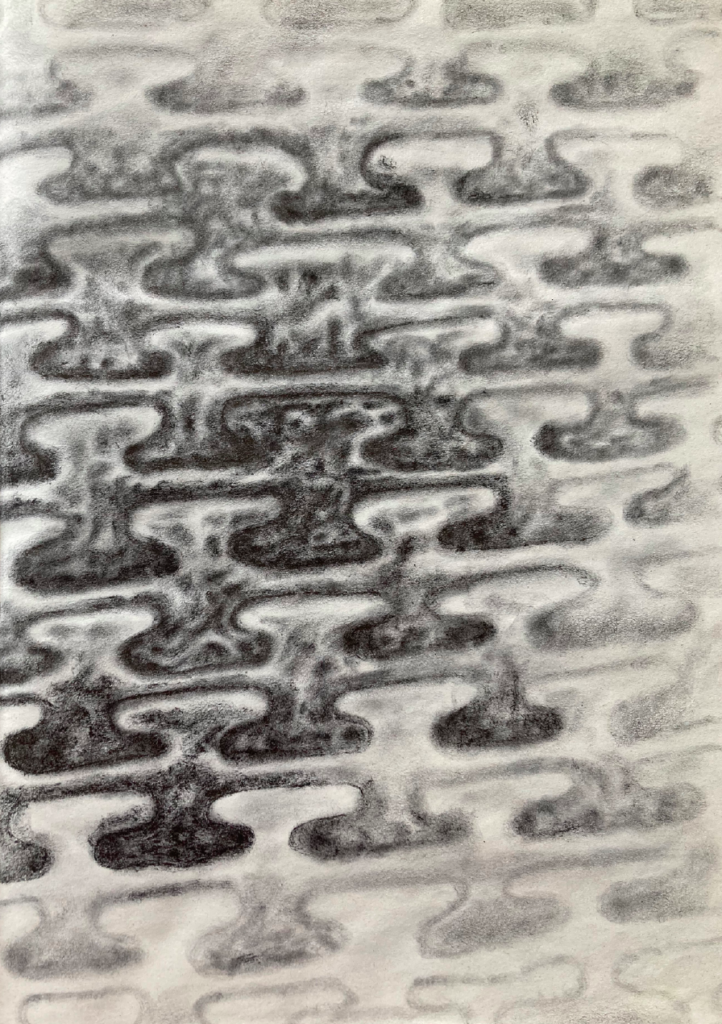
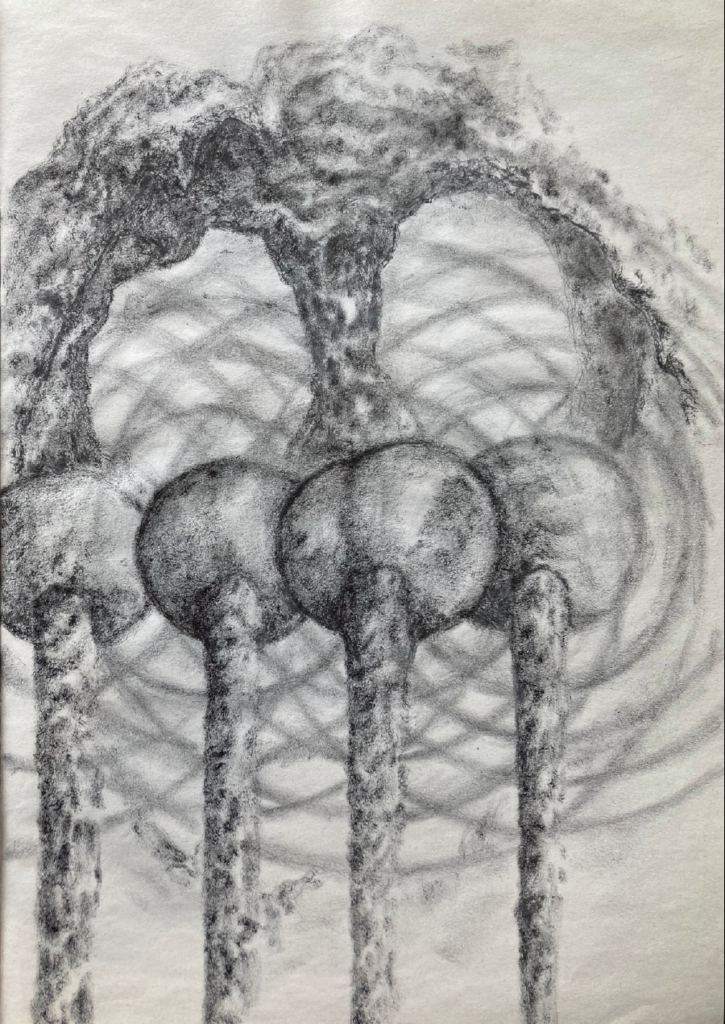
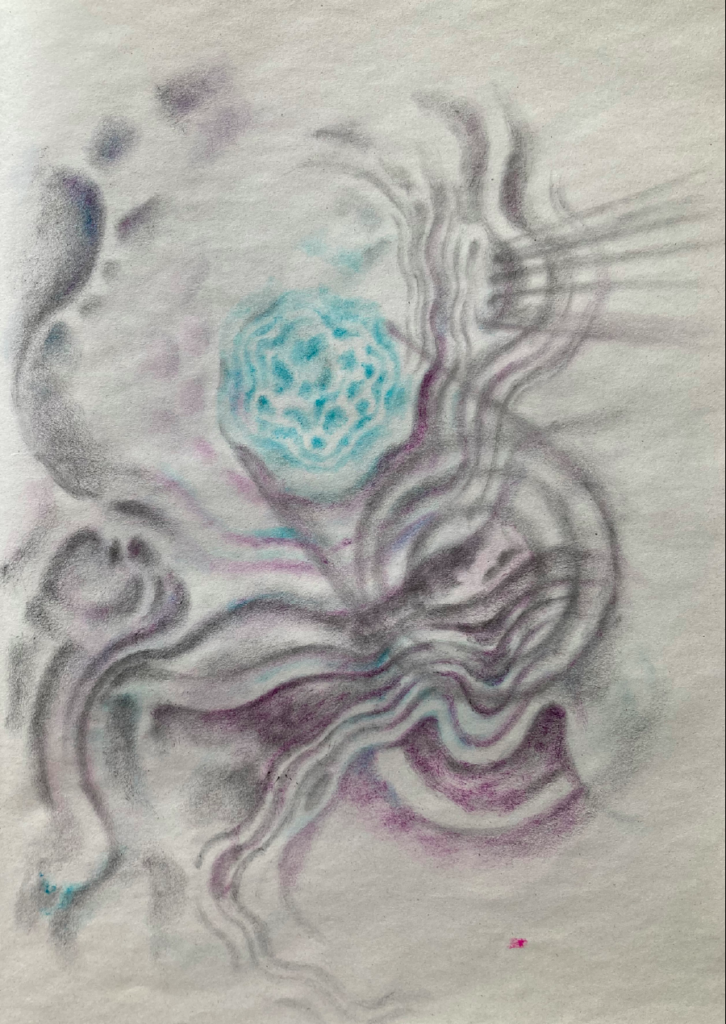
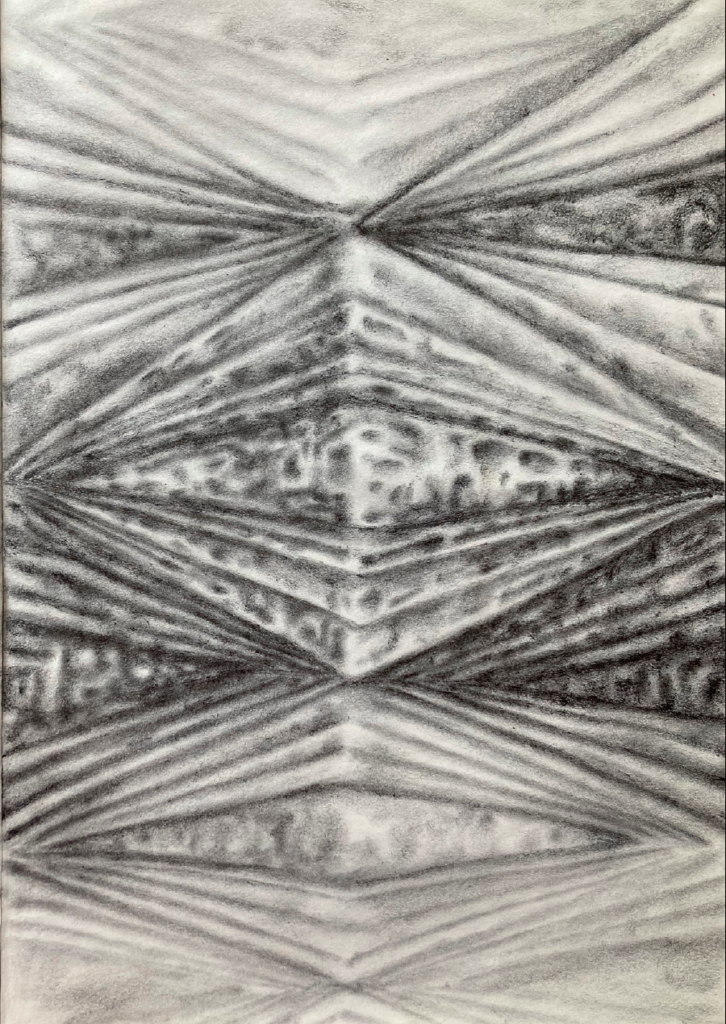
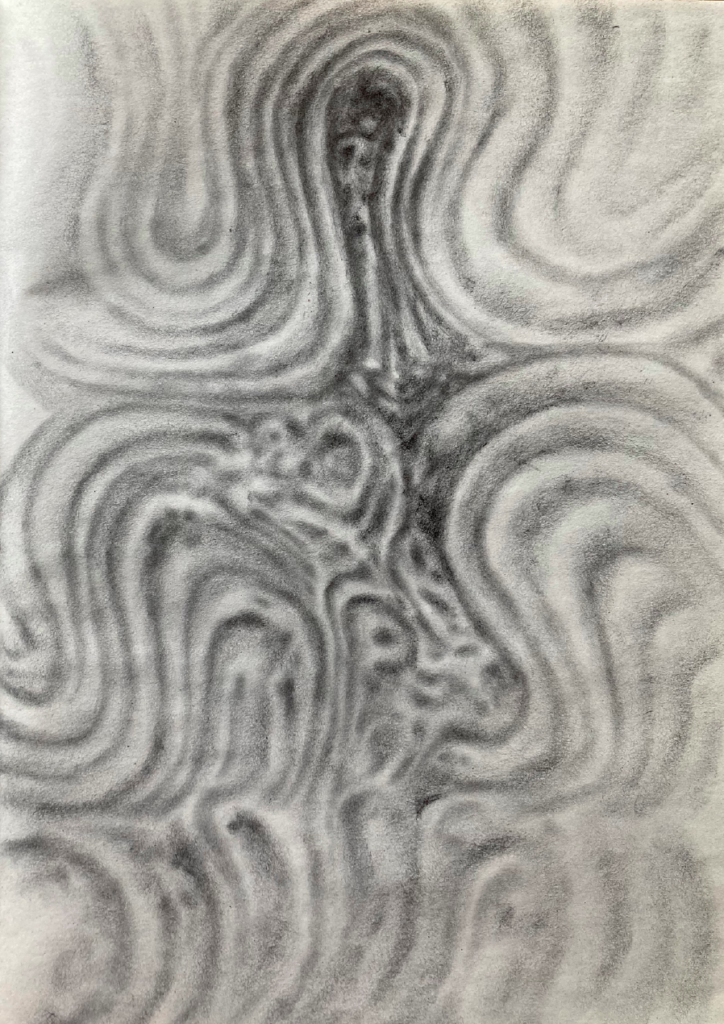
Bruno Botella (born in 1976) has been pursuing experimental work for several years, characterized by a creative process that is free from the suggestions of consciousness. In order to free himself from the latter, the artist creates sculptures in boxes that make his work invisible, while at the same time using unusual materials such as anaesthetic clay or qotrob, a hallucinogenic modelling paste that, by penetrating through the pores of the skin, plunges the sculptor into a second state. The result is astonishing objects where the artist’s consciousness withdraws while his body engages and risks itself.
In parallel to these plastic and sensory experiments, Botella cultivates an original drawing practice. Made in Kyoto where he now resides, these drawings are the continuation of a long research begun with the first animated drawings that the artist made after graduating from the Beaux-Arts in Paris. Even if his work bears witness to numerous references, Botella strives to make his gesture as free as possible, letting his calligraphy brush run over the sheet to bring out, in his own words, an “unexpected and strange image like a hallucination”.
